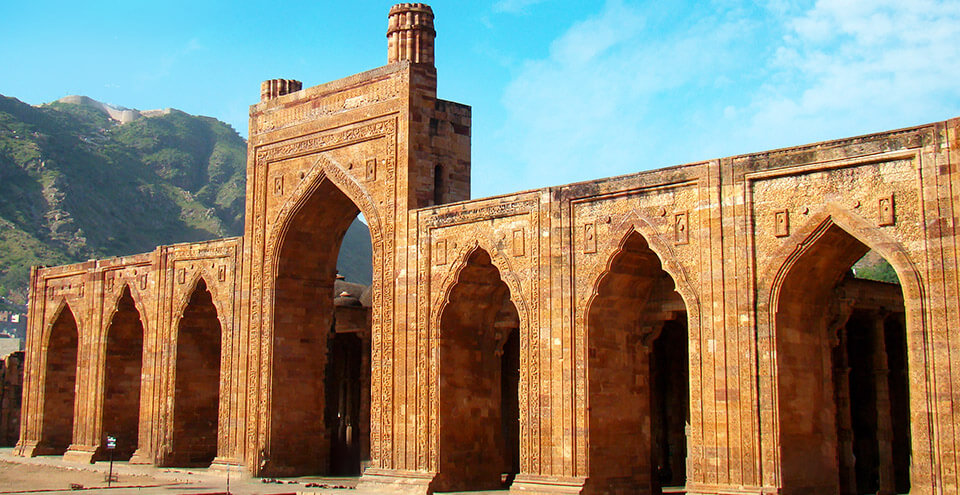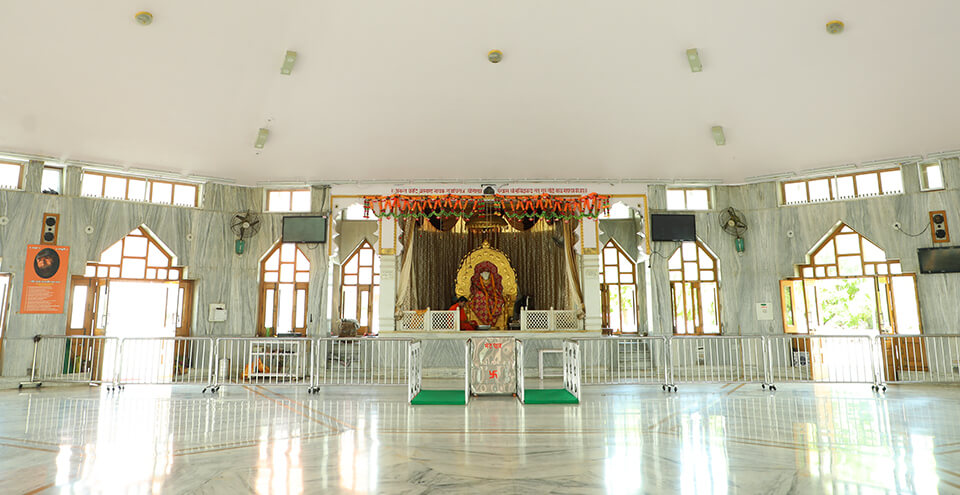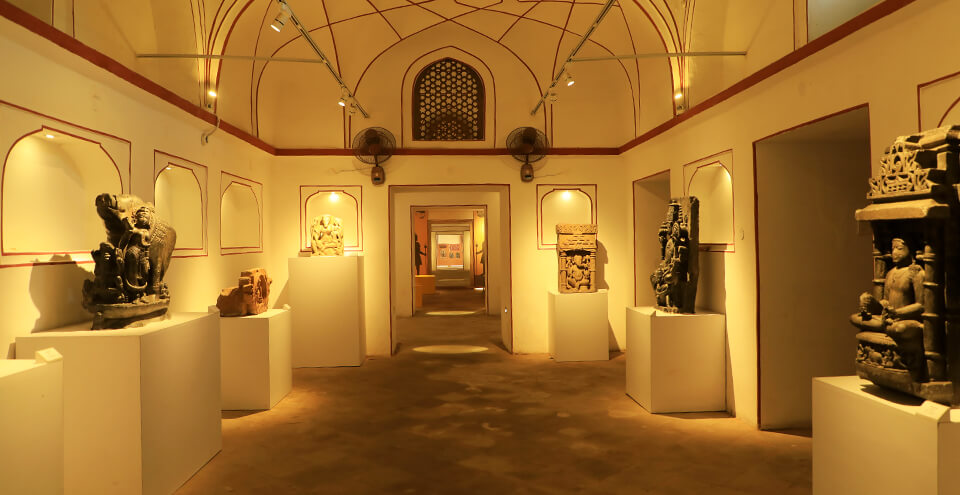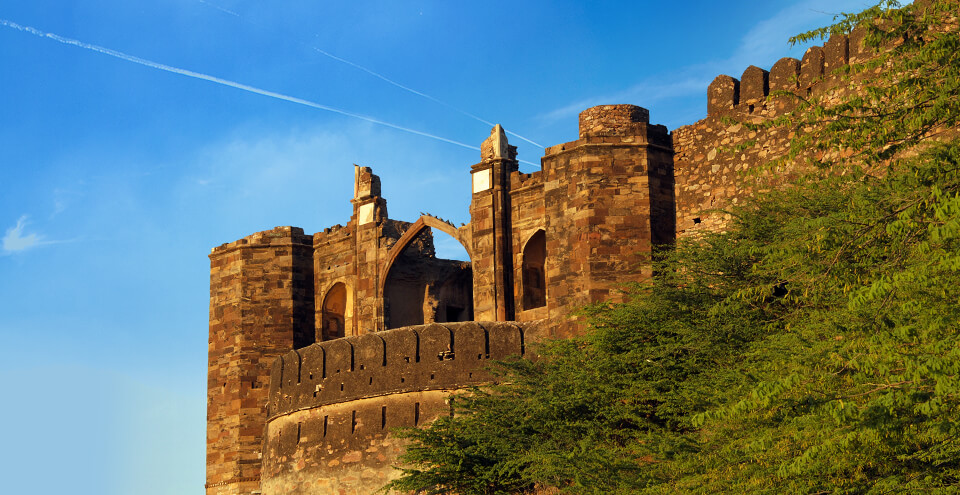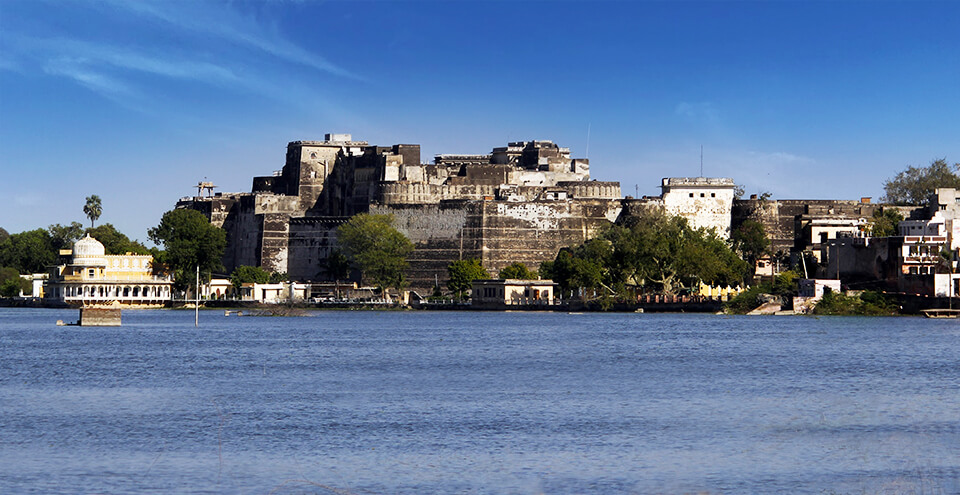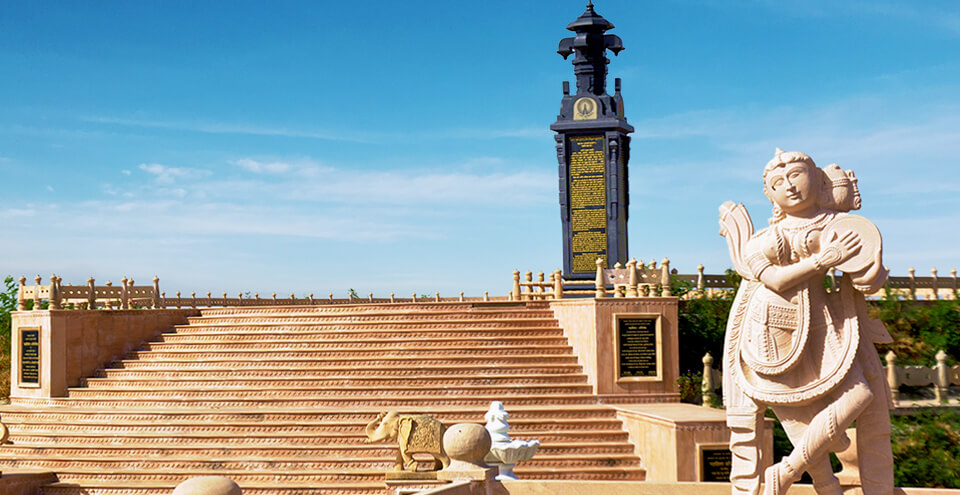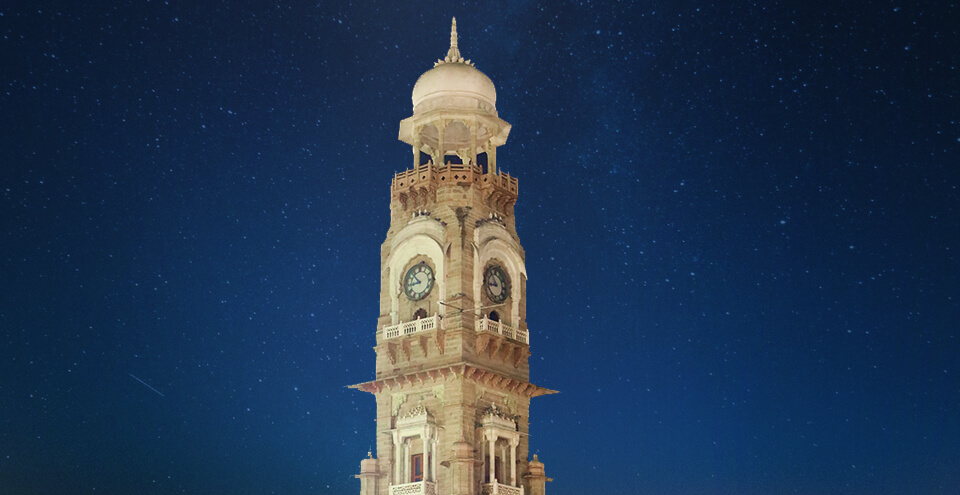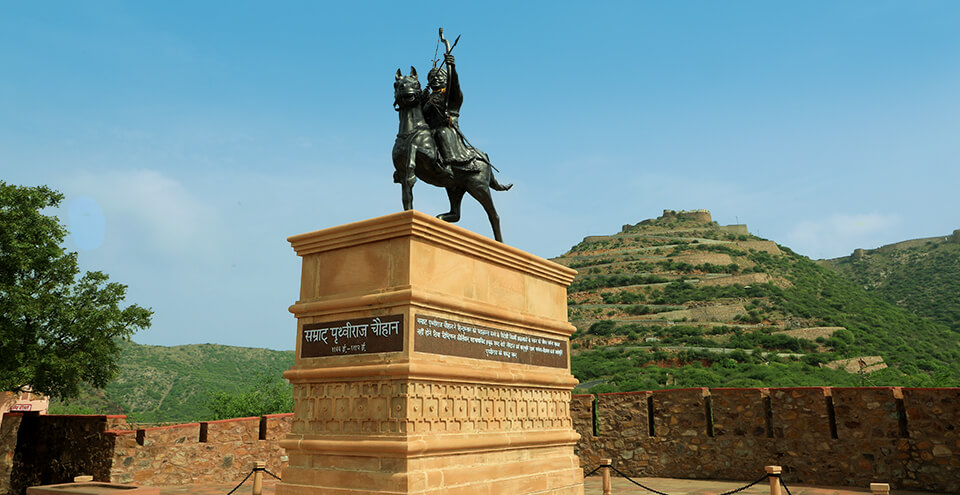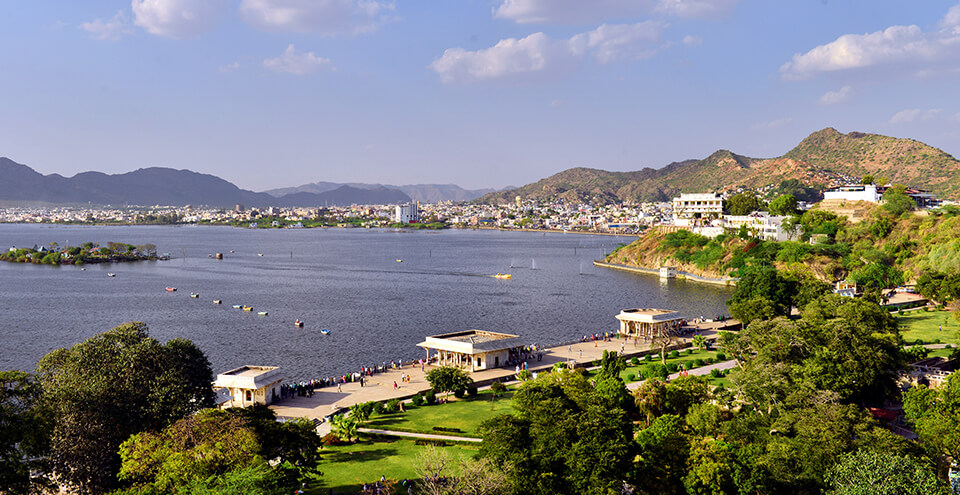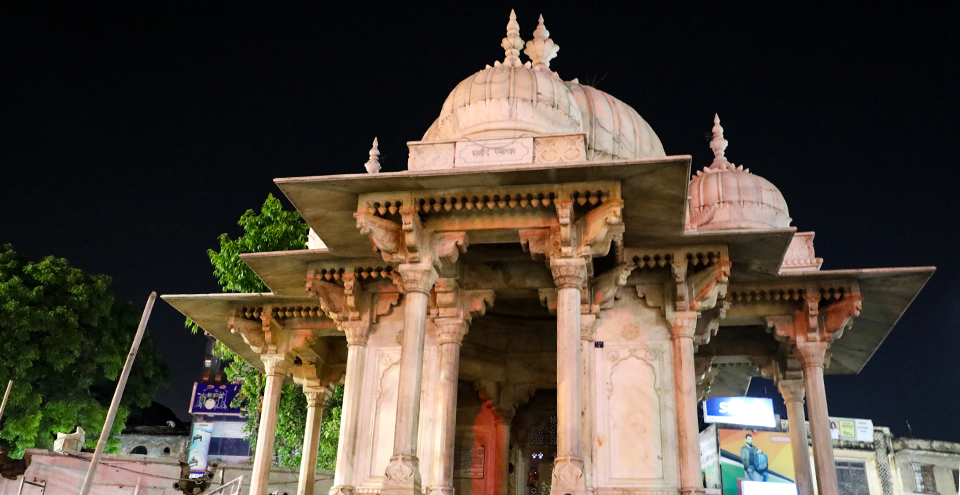Ajmer
THE DELIGHTFUL DARGAH DESTINATION
Ajmer is bustling city, located 130 km southwest of Jaipur and just 14 km from the pilgrimage town of Pushkar. The city of Ajmer gets its name from “Ajay Meru”, which can be roughly translated as “invincible hill”. Home to a number of tourist places, Ajmer can be a perfect representation of the diversity of the Indian culture and ethics, and displays a perfect blend of religion, community, culture, etc., coexisting and flourishing in harmony.
Ajmer remains a popular tourist attraction, in addition to being a pilgrimage centre for both Hindus and Muslims. The final resting place of the Sufi Saint, Khwaja Moinuddin Hasan Chisti, is visited by Muslims from all over the world; in fact, the Dargah is revered equally by both Hindus and Muslims. The city is surrounded by the expansive lake of Ana Sagar and the rugged hills of Aravalli. Although Ajmer Sharif Dargah, the shrine of Khwaja Muin-ud-din Chishti, remains as the most famous tourist places to visit in Ajmer, the city is also significantly known for the Jain religion and is home to an amazing golden Jain Temple. Ajmer is also a well-known learning centre. The Mayo College was one of India’s first schools that acted as the stepping stone for the British style of education and is now one of the popular places to visit in Ajmer.
History of Ajmer
The city was founded by Raja Ajaypal Chauhan in the 7th century AD and the city remained as the epicentre of the Chauhan Dynasty till the 12th century AD. The Chauhan dynasty was responsible for the construction of the first hill fort of India, Taragarh, another must visit places in Ajmer. After the defeat of Prithviraj Chauhan by Mohammed Ghori, Ajmer become home to a number of dynasties. The Mughal Sultans particularly liked Ajmer due the presence of the holy Ajmer Sharif Dargah, the most popular tourist place in the city. Ajmer has a rich history and played host to the first meeting between the Mughal King Jahangir and the Ambassador of the Court of King James 1 of England, Sir Thomas Roe in 1616. The city was officially handed over to the British a few centuries later, making Ajmer the only region in Rajputana to be directly controlled by the British East India Company.
Places to Visit near Ajmer
Of the number of places to visit near Ajmer, Pushkar, which is about 14 kmremains as the most popular destination. Pushkar is a sacred spot for Hindus. The only known temple dedicated to Lord Brahma is situated in Pushkar and Hindus visit the city in large numbers during the month of Karthik to take a dip in the holy sarovar. Another tourist place near Ajmer that one can visit is the Lake Foy Sagar, an artificial lake. The lake was built by English Engineer Mr Foy in 1892 AD. The primary objective behind the construction of the lake was to provide famine relief through employment for the locals. The lake offers some breath taking views of the Aravalli range.
Eating in Ajmer
Ajmer is a melting pot of culture. The places to see in Ajmer are proof of this, from the Dargah to the Jain Temple. This mingling of cultures has influenced the city’s eating scene as well. One can enjoy traditional Rajasthani cuisine along with dishes influenced by the Mughal and British cultures. One can also find street vendors dishing out everyone’s favourite street food.
Best Time to Visit
The best time visit Ajmer is between October and February. The weather remains very pleasant during this time. The daytime temperature during this time encourages visits to various tourist places to see in Ajmer. The summer months, from March to May, are best to be avoided, as the temperature can easily cross 40° C, which is not conducive for visiting places of attractions in Ajmer.
One can contact the tourist offices and book a suitable Ajmer tour package to fully enjoy the various tourist places in Ajmer. Most Ajmer tour packages will include conveyance and accommodation.




